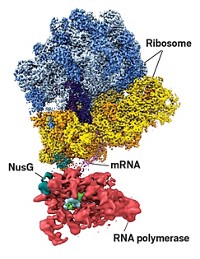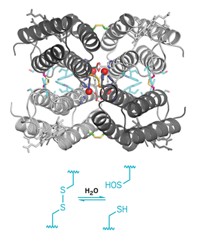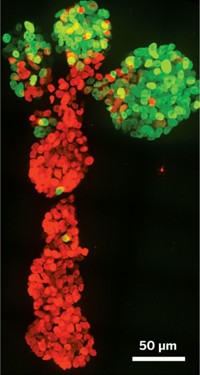Advertisement
Grab your lab coat. Let's get started
Welcome!
Welcome!
Create an account below to get 6 C&EN articles per month, receive newsletters and more - all free.
It seems this is your first time logging in online. Please enter the following information to continue.
As an ACS member you automatically get access to this site. All we need is few more details to create your reading experience.
Not you? Sign in with a different account.
Not you? Sign in with a different account.
ERROR 1
ERROR 1
ERROR 2
ERROR 2
ERROR 2
ERROR 2
ERROR 2
Password and Confirm password must match.
If you have an ACS member number, please enter it here so we can link this account to your membership. (optional)
ERROR 2
ACS values your privacy. By submitting your information, you are gaining access to C&EN and subscribing to our weekly newsletter. We use the information you provide to make your reading experience better, and we will never sell your data to third party members.
Biological Chemistry
Protein Regulation, By Design
by Carmen Drahl
October 20, 2008
| A version of this story appeared in
Volume 86, Issue 42

By connecting two proteins at "hot spots" on their surfaces, researchers have designed a hybrid protein in which the activity of one protein is controlled by that of the other (Science 2008, 322, 438). This type of construct may prove to be a general strategy to engineer regulation into proteins, which could be useful for controlling enzymes in industrial bioreactor settings. Rama Ranganathan of the University of Texas Southwestern Medical Center, Stephen J. Benkovic of Pennsylvania State University, and coworkers borrowed a light-sensing protein module from the oat plant to influence the activity of a dihydrofolate reductase enzyme from Escherichia coli. They used statistical coupling analysis, a computational method pioneered by Ranganathan, to find physically connected networks of amino acid residues that link each protein's active site to surface-exposed residues. They next made several hybrid proteins, each linked at different locations. Shining white light on the hybrids doubled the enzyme's activity, but only when the proteins were connected via specific surface hot spots. The team now plans to determine how the signal travels from the light-sensing module to the enzyme.





Join the conversation
Contact the reporter
Submit a Letter to the Editor for publication
Engage with us on Twitter